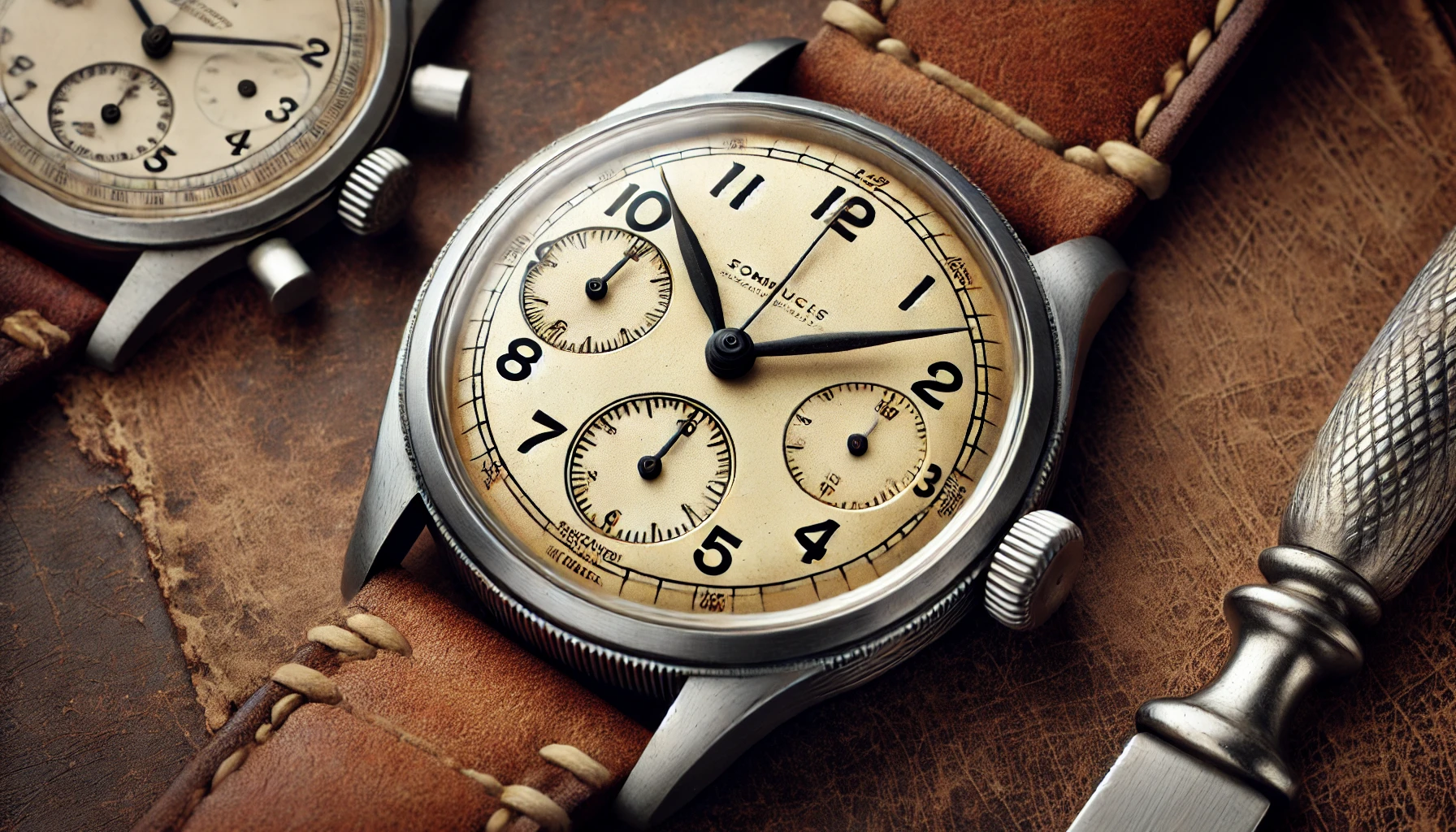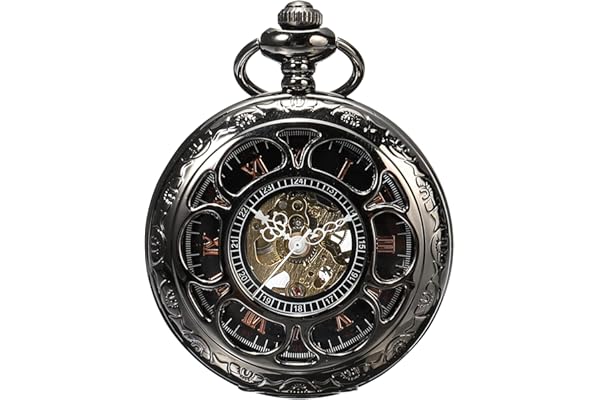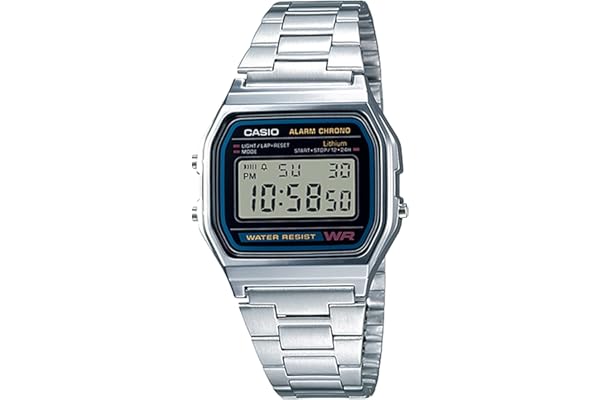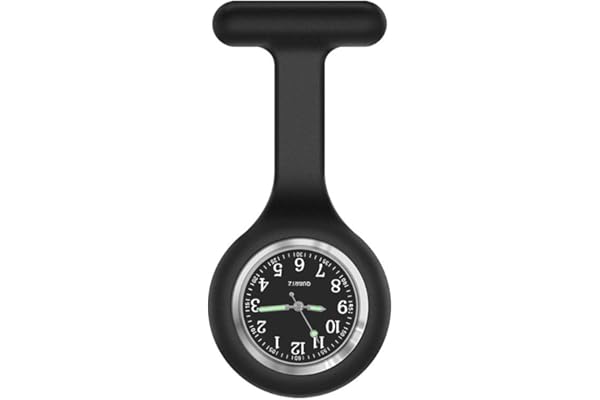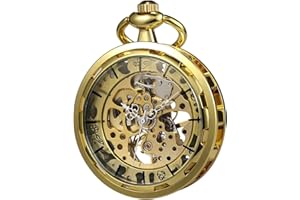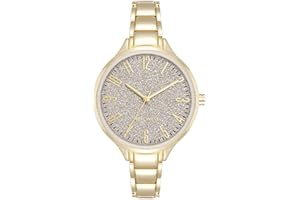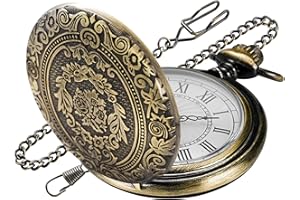How to recognize an authentic vintage watch?
Contents
Understanding the Essence of Vintage Watches
When it comes to appreciating the allure of vintage watches, it’s crucial to first understand what truly defines a timepiece as “vintage.” Generally, a watch is considered vintage if it is at least 20-30 years old. However, age alone does not guarantee authenticity or value. The watch must embody the design, craftsmanship, and technology of its era. Each vintage watch tells a story, capturing the zeitgeist of its time, and often reflects the socio-economic conditions and technological advancements of its period.
Vintage watches are often sought after not just for their functionality but for their historical significance and the nostalgia they evoke. Collectors cherish them for their unique designs, which are often not replicated in modern watchmaking. The aesthetic appeal of vintage watches lies in their ability to transport the wearer to a different time, offering a tangible connection to the past. The materials used in vintage watches, such as radium dials or Bakelite bezels, are also indicative of the era in which they were produced, adding another layer of authenticity and historical interest.
In the realm of horology, vintage watches have a unique place. They are often associated with a bygone era of craftsmanship, before the advent of mass production. Many collectors argue that the attention to detail and the level of craftsmanship found in vintage watches are unparalleled. This makes the quest for authenticity even more significant, as owning a genuine vintage watch means possessing a piece of history, a masterpiece of engineering and artistry from a time when every component was carefully crafted and assembled by skilled artisans.
Key Indicators of Authenticity in Vintage Watches
Determining the authenticity of a vintage watch requires a keen eye and an understanding of several key indicators. The first aspect to consider is the provenance of the watch. Provenance refers to the history of ownership and the paper trail that accompanies the watch. Original documents such as purchase receipts, service records, and certificates of authenticity from reputable sources can provide valuable insights into the watch’s history and legitimacy. A watch with a well-documented provenance is more likely to be authentic and hold its value over time.
Another critical factor is the watch’s movement. Authentic vintage watches will typically feature mechanical movements that are consistent with the era of production. Examining the movement requires expertise, as it involves understanding the intricacies of watch mechanisms and recognizing signs of tampering or replacement parts. A genuine movement should display the appropriate markings, engravings, and serial numbers that correspond with the watch’s brand and model.
The watch’s exterior is also a telling sign of authenticity. Originality in the case, dial, hands, and crystal is essential. Vintage watches may exhibit signs of wear, but these should align with the age and usage of the watch rather than suggest recent alterations. Patina, the natural aging process of materials, can add to the watch’s character and value, but it must appear consistent and natural. Any inconsistencies, such as mismatched components or overly pristine conditions, should raise suspicions.
Recognizing Reputable Sources and Avoiding Counterfeits
In the world of vintage watches, the market is rife with counterfeits and replicas. Therefore, recognizing reputable sources is paramount for any collector or enthusiast. Authorized dealers, established auction houses, and recognized watchmakers are generally considered reliable sources for purchasing vintage watches. These entities have the expertise to authenticate watches and often provide guarantees or certifications that attest to the watch’s authenticity.
Online marketplaces can be particularly risky, as they often lack the stringent verification processes found in physical stores. However, some platforms have implemented measures to ensure authenticity, such as employing expert appraisers or offering buyer protection services. When purchasing from individual sellers, it’s crucial to conduct thorough research, seek references, and request detailed photographs and descriptions of the watch. Communication with the seller can also provide insights into their credibility and the watch’s authenticity.
To avoid counterfeits, it’s essential to educate oneself about common red flags. These may include discrepancies in branding, incorrect fonts or logos, and inconsistencies in design elements. Comparing the watch to verified examples of the same model can help identify anomalies. Additionally, consulting with experts or engaging with collector communities can provide valuable advice and insights, as seasoned collectors often share their knowledge and experiences in identifying fakes.
The Role of Experts in Authenticating Vintage Watches
Experts play a crucial role in authenticating vintage watches, offering their extensive knowledge and experience to verify the legitimacy of timepieces. These professionals possess a deep understanding of horology and are familiar with the nuances of various watch brands, models, and their respective histories. Their expertise is invaluable in examining the intricate details of a watch, from its movement to its external components, ensuring that each element is consistent with the watch’s purported age and origin.
Professional appraisers and watchmakers are equipped with specialized tools and techniques to scrutinize watches meticulously. They can identify subtle signs of wear and restoration that might escape the untrained eye. Their assessments often include a thorough examination of the watch’s movement, checking for originality and compatibility with the case and dial. They also evaluate the condition of the watch, considering factors such as patina, wear patterns, and any signs of replacement parts.
For collectors, seeking the services of an expert is a prudent investment. An expert’s evaluation not only confirms a watch’s authenticity but also provides insights into its value and potential as a collectible. Many experts also offer documentation or reports that can accompany the watch, adding credibility and reassurance for future transactions. In a market where authenticity is paramount, the involvement of experts serves as a safeguard against counterfeit watches and ensures that collectors acquire genuine vintage timepieces.
Caring for Your Authentic Vintage Watch
Once you have acquired an authentic vintage watch, proper care and maintenance are essential to preserve its condition and value. Vintage watches, by their nature, are delicate and require careful handling. Regular servicing by a qualified watchmaker is crucial to ensure that the watch’s movement remains in optimal condition. This involves cleaning, lubricating, and adjusting the mechanical components, which can prevent wear and prolong the watch’s lifespan.
In addition to mechanical maintenance, attention to the watch’s exterior is important. Vintage watches should be stored in a dry, temperature-controlled environment to prevent damage from moisture and temperature fluctuations. Using a soft cloth to wipe the watch after wear can help maintain its appearance, and storing it in a protective case can guard against scratches and impacts.
For watches with leather straps, conditioning the leather periodically can prevent cracking and deterioration. It’s also advisable to keep vintage watches away from magnetic fields and avoid exposure to harsh chemicals, as these can adversely affect the watch’s movement and materials. By following these care guidelines, collectors can ensure that their vintage watches remain in pristine condition, preserving both their aesthetic appeal and their historical significance.
